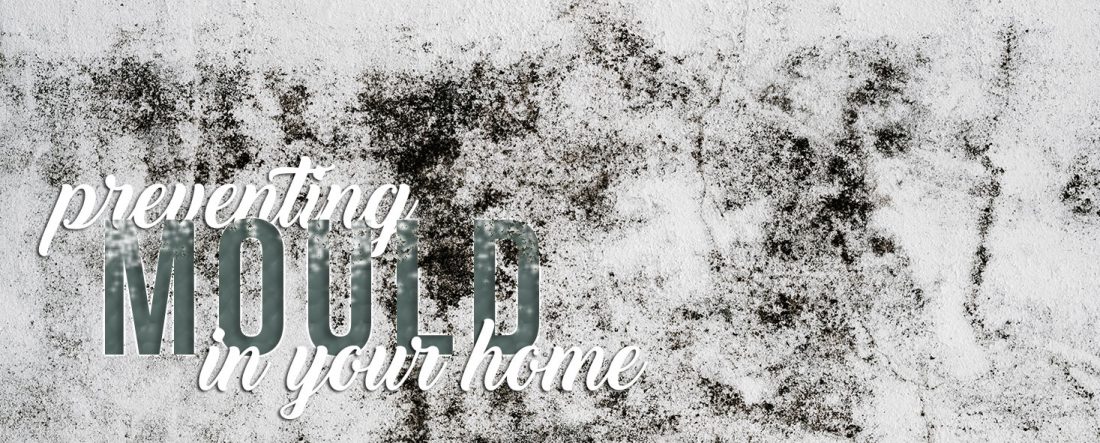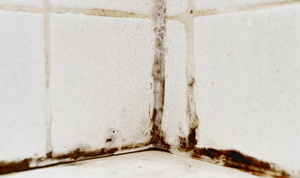
With the cooler months ahead comes the annual winter mould attack; through our reliance on the indoors, using heaters which create condensation, drying clothes indoors and a reduction in direct sunlight.
What is Mould?
Mould is a form of fungus and is primarily spread by airborne spores which will develop and grow on almost any surface providing the following conditions are present;
- A relevant indoor humidity of 80% or higher
- Moisture, usually from condensation. Mould can develop in the absence of condensation, but its growth is accelerated by the presence of moisture
- A nutrient. Research has shown that certain ingredients in most paints and also household dust and cooking fumes provide excellent food or mould
Two types of mould are common;
- Sooty mould which leaves surfaces with a brown or black stain and which usually occurs on the walls and ceilings of bathrooms, bedrooms and in cupboards. Untreated, this mould will spread to other rooms in the house.
- Green furry mould which grows on organic or organic bearing surfaces such as shoes or clothes.
How can I prevent mould?
- Reduce indoor humidity by good ventilation and through regular airing of the dwelling. Keep exhaust fans clear of fluff and do not block air vents
- Dry indoor air with space heaters and wipe dry any surface on which condensation appears. Avoid the use of Kerosene room heaters; unflued gas heaters may also cause problems
- Dry clothes and footwear thoroughly prior to storage
- Allow sunlight into the home whenever possible
- Remove any sign of mould growth on walls ceilings and furniture using diluted household bleach or suitable household cleaner
- Furniture should not be pushed up against walls. This creates dark airless areas and allows mould spores to grow
The above information was taken from a Department of Interiors publication entitled ‘Condensation and Mould in Houses and Flats’










